In our quest for a greener planet, recycling glass is key. This amazing material can be recycled over and over without losing its quality. Yet, there’s a twist in the tale when we compare recycling clear glass to colored. This blog takes you through these differences, aiming to boost our recycling game.
Clear glass is a recycling star. It’s like a chameleon, easily turning into new bottles or changing color based on need, making it a favorite in the recycling world. Colored glass, with its charming hues, plays by different rules. It needs to be sorted by color to keep its quality, which means it’s a bit pickier about the recycling process. But both types are heroes in the sustainability story.
Understanding how clear and colored glass is recycled shows us the importance of sorting our recycling. It’s a simple step we can all take to help our planet. This blog hopes to inspire smarter recycling habits, helping us all make a difference, one bottle at a time.
Section 1 The Common Ground of Glass Recycling
1.1 Collection and Initial Sorting
The journey of glass recycling begins with its collection, an essential step that bridges the gap between consumer use and recycling facilities. This stage utilizes various methods to gather used glass。 Including curbside programs where individuals can leave their glass for pickup, deposit systems that incentivize the return of bottles, and recycling centers where glass can be dropped off directly. The diversity in collection methods ensures a broader reach. Capturing as much used glass as possible for recycling.
Once collected, the glass enters the crucial phase of initial sorting. This step is not just about separating glass from other recyclables. It’s where glass is categorized by color. Clear, green, brown, and occasionally blue glass are sorted into distinct batches. This separation is vital for maintaining the purity of colors in recycled products. Advanced sorting technologies, including optical sorters, play a significant role here, accurately distinguishing glass pieces by color through light sensors and other mechanisms. This meticulous sorting prevents the mixing of colors, which could diminish the quality and usability of the recycled glass.
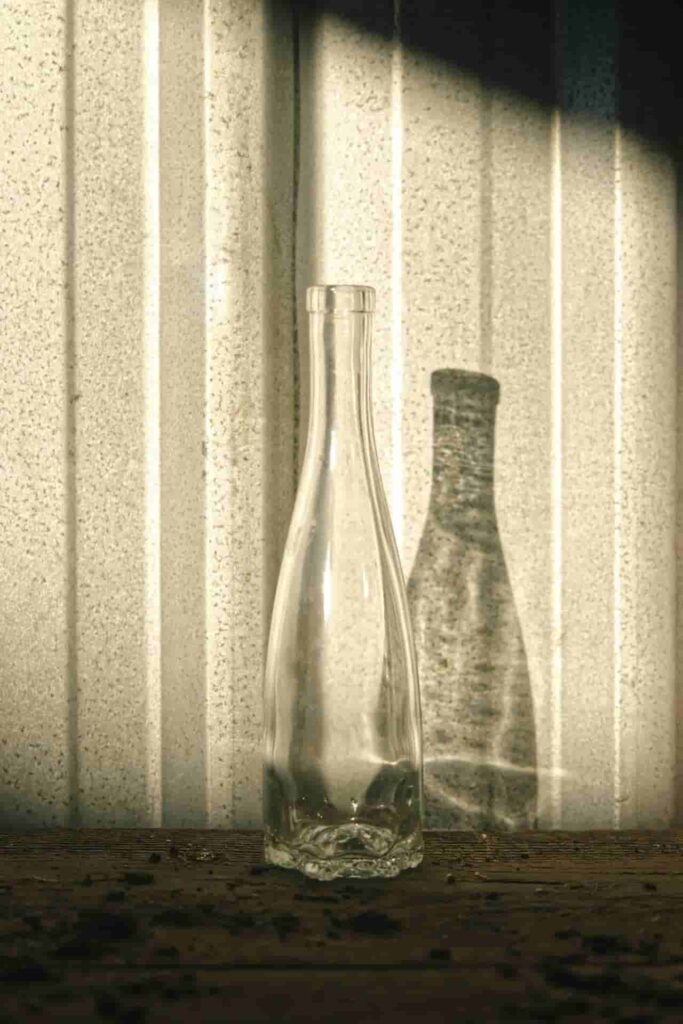
1.2 Cleaning and Crushing
After sorting, the next phase is cleaning. This process involves washing the glass containers to remove any residues, adhesives from labels, and other contaminants that might have been left behind. The cleaning process ensures that the resulting cullet is as pure as possible and free from substances that could interfere with the recycling process.
Following cleaning, the glass is ready to be crushed. This crushing process transforms whole bottles and jars into cullet, small, uniform pieces of glass that melt more evenly than larger pieces would. The size and consistency of the cullet are crucial for the efficiency of the melting process. Which allowing for quicker, more uniform heating and reducing energy consumption in the furnaces where the glass is remelted.
This cullet, whether clear or colored, forms the foundation for new glass products, completing the cycle of glass recycling. By breaking down the process into these detailed steps, we can appreciate the sophistication and importance of recycling practices that sustain the lifecycle of glass, a truly sustainable material.
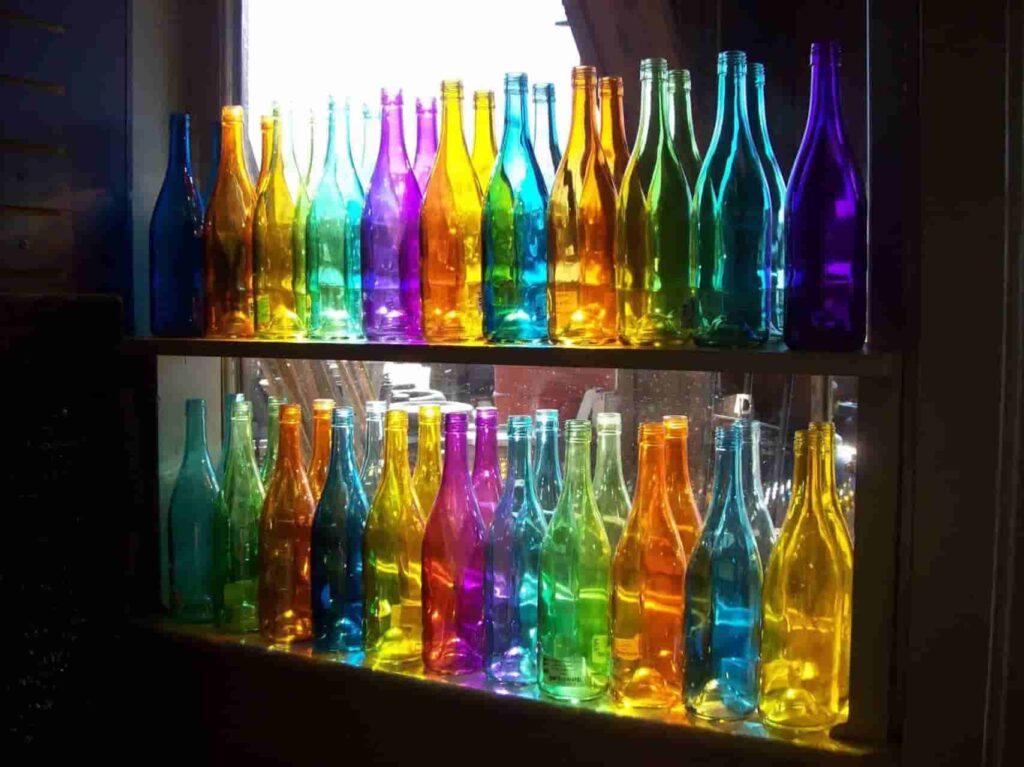
Section 2 Diverging Paths: The Importance of Color
2.1 Sorting by Color
The distinction between clear and colored glass recycling hinges largely on color sorting. Clear glass is a recycling champion due to its versatility. It stands out because it can be recycled into new clear glass products without compromising quality. Moreover, it can serve as a base for creating glass of any color, making it extremely valuable in the recycling process.
Colored glass, with its array of hues like green, brown, and blue, demands a more tailored approach. It’s usually recycled into products of the same color. This specificity is crucial for preserving the aesthetic and functional qualities of glass. For example, green and brown glass effectively blocks certain wavelengths of light, making them ideal for protecting sensitive products like beer and wine from spoilage. Thus, keeping colored glass streams separate ensures that recycled products meet the necessary standards for both appearance and performance.
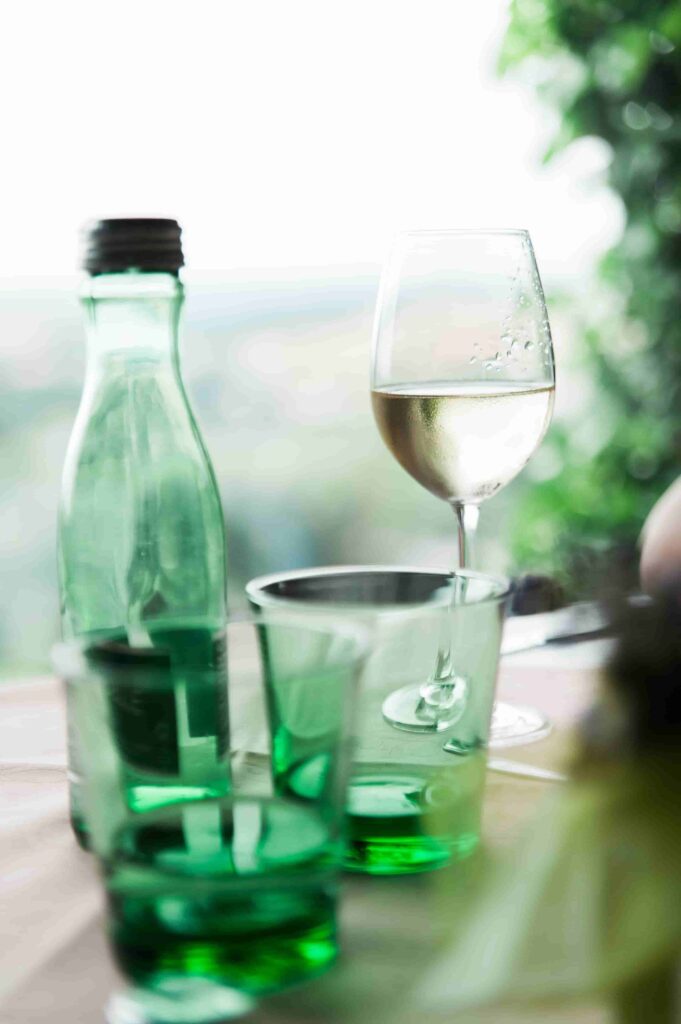
2.2 The Melting Process
Both clear and colored cullets are subjected to high temperatures in furnaces, transforming them into molten glass that can be molded into new products. However, the color of the cullet directly influences the color of the glass produced. This is why even minor mistakes in color sorting can have significant consequences. A small amount of colored glass mixed into a batch of clear cullet can tint the entire batch, reducing its value and usability.
This sensitivity to color contamination highlights the need for precision in the recycling process. For clear glass, the goal is to maintain its purity to ensure it can be recycled into high-quality, transparent products. For colored glass, the aim is to preserve the integrity of the color, so it can continue to be used in applications where color plays a protective or aesthetic role.
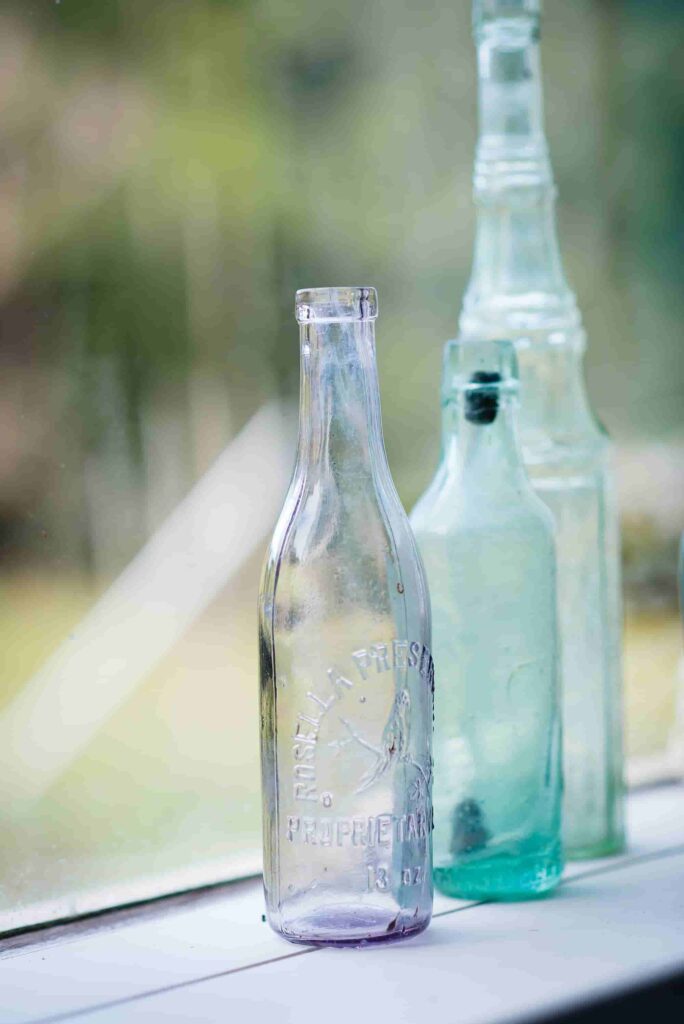
Section 3 Market Demand and Use
3.1 Clear Glass: The Universal Choice
As we mentioned above, clear glass holds a prime position in the recycling market due to its purity and recycling flexibility. Its transparent nature ensures that it can seamlessly integrate into various product lines. And also allows it to be recycled into any color of glass without compromising quality. This versatility makes clear glass a highly sought-after commodity in the recycling industry. Manufacturers prefer a clear cullet because it offers a blank slate, enabling the production of both new clear products and colored glass items, depending on the addition of specific colorants. This adaptability ensures that clear glass maintains a strong and consistent demand in the market, appealing to a wide range of sectors from food and beverage packaging to decorative items and beyond.
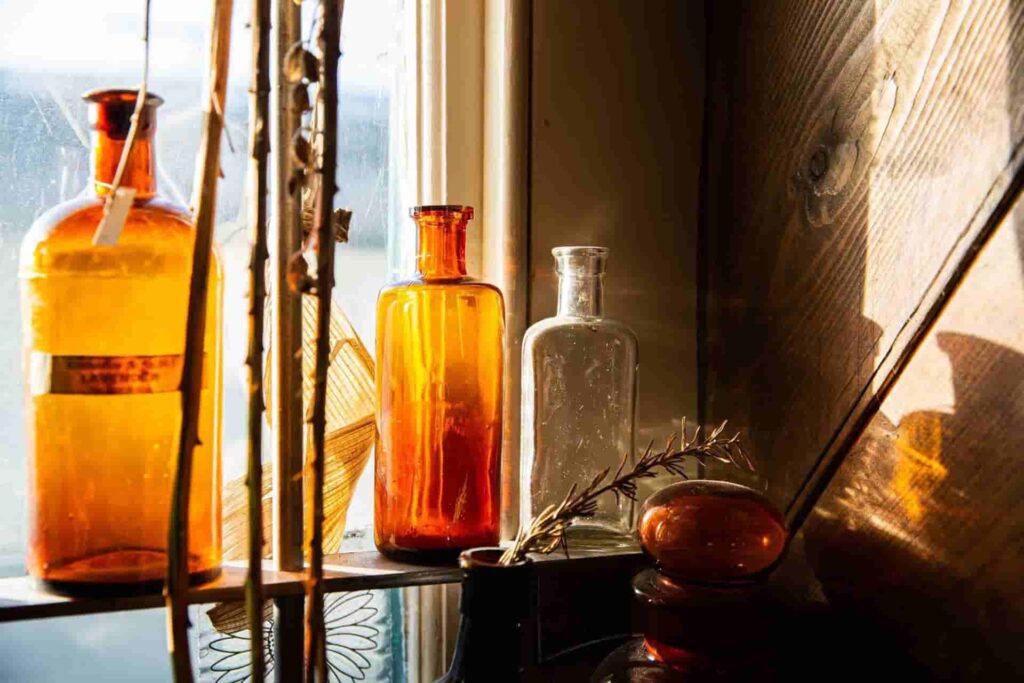
3.2 Colored Glass: Specific but Valuable
Colored glass has more niche applications due to its inherent color. It remains an important player in the recycled materials market. The specific hues of green, brown, and occasionally blue glass serve more than just an aesthetic purpose. They offer functional benefits by filtering out light that can degrade or spoil the contents of a container. This makes colored glass particularly valuable for packaging sensitive products like wine bottles, beer bottles, and certain pharmaceutical bottles and jars. Where maintaining product integrity is paramount. The challenge in recycling colored glass lies in preserving the richness and consistency of its color. Which requires meticulous sorting and processing. Despite these challenges, the demand for colored glass remains robust, driven by both its functional qualities and its contribution to the aesthetic diversity of glass products. Recycling efforts thus need to balance the preservation of color integrity with the material’s environmental and economic benefits. It ensures that colored glass continues to serve its unique role in the market.
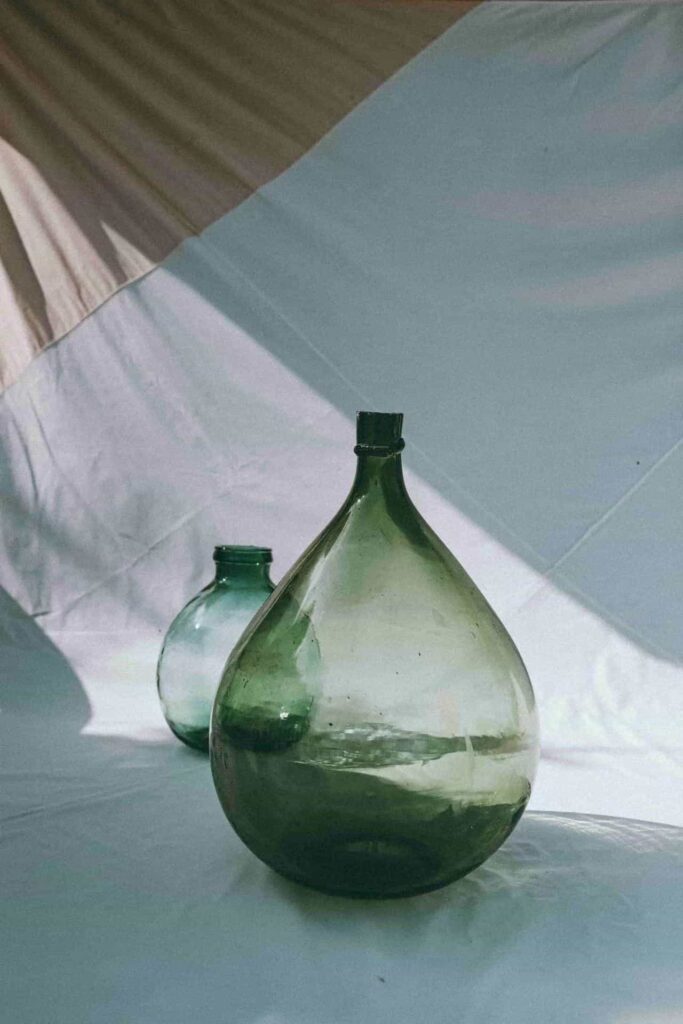
The recycling processes for clear and colored glass share many steps but diverge significantly when it comes to color sorting. This distinction is crucial for maintaining the quality and usability of recycled glass. By understanding and participating in proper recycling practices, we can contribute to a more sustainable future.
Let’s embrace the responsibility of recycling glass with the knowledge that our efforts today will pave the way for a greener tomorrow.











